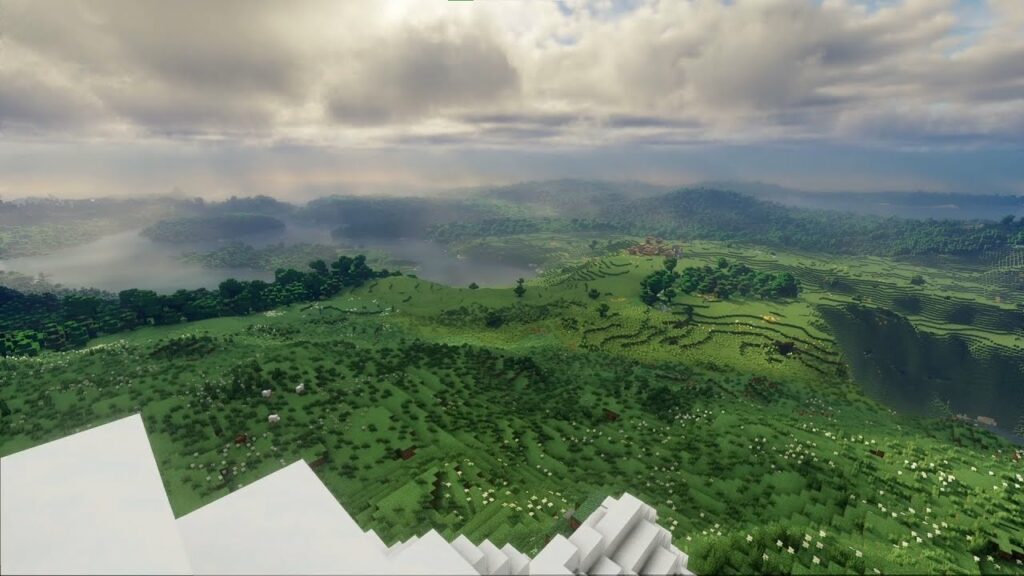Hey everyone! 👋
At Eyeo2012, Casey Reas gave a pretty interesting talk, titled”Chance Operations”, where he went somewhat deep into the history of computer graphics, and how randomness was used, sometimes for effect, othertimes as a signal or act of rebellion (against the modern, clean/perfectionist work).
It inspired me to think deeper about how I currently do and potentially could use randomness in my work (ok, fine, also since it’s the writing prompt 😅). I think I would primarily use randomness, in order to create something that can be continually enjoyed. We humans get easily bored, and so don’t really enjoy watching the exact same thing over and over again, since it becomes too predictable and boring (idk about Bob though, he binge watches the same episodes again and again…). So, by adding a certain amount of randomness, we can consistently get a unique and interesting result, which is also incredibly helpful for animation and repeated viewings/interactions.

(Note: Shaders and Distant Horizons were used, taken from youtu.be/4ufUqLNX9oQ)
However, this does also prompt the question about how much randomness to use. Clearly, putting randomness in charge of too many aspects can completely break down the desired effect, and often simply results in gibberish. Therefore, I think the ideal amount of randomness would be one that allows the work to be unique and “alive”, but within its bounds, making the work coherent and interesting. The exact amount of randomness used then ultimately depends on the artist and their desired result, but in almost all cases, randomness is constrained in some way (eg. instead of picking a completely random colour, one of the components of HSL (hue, saturation or lightness) could be random, while controlling the other two, allowing for random, yet pleasing and consistent colours).
